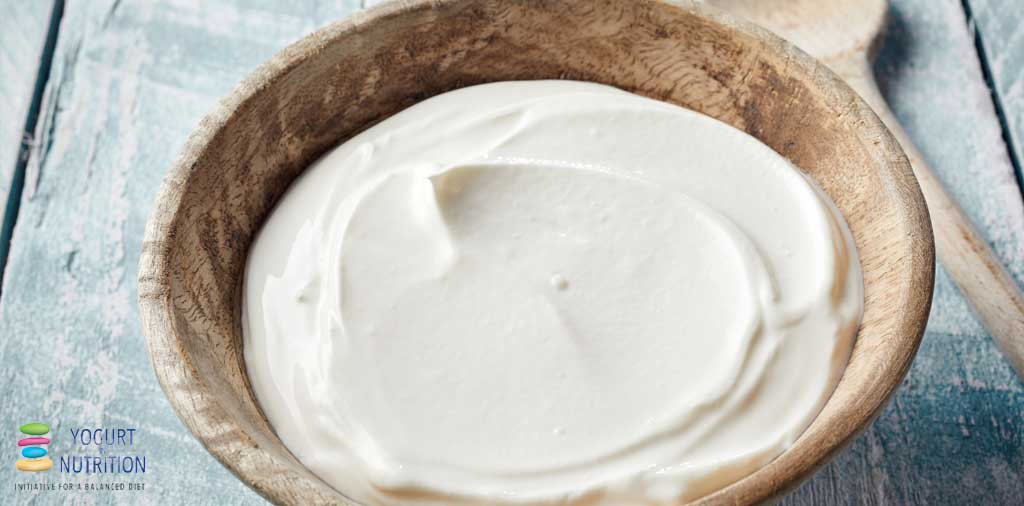As diabetes looms on the horizon for many of us in our modern world, it makes sense to take whatever steps we can to avoid it, through an active lifestyle and a healthy balanced diet. A growing body of evidence is pointing to an association between eating dairy foods, such as yogurt and cheese, and a reduced risk of developing type 2 diabetes (T2D).
In this article, the authors describe how certain fatty acids in the body reflect our consumption of dairy foods, and higher levels of these fatty acid markers go hand-in-hand with lower rates of T2D.
Most studies looking at the link between dairy foods and T2D have asked people to complete dietary questionnaires. But this method isn’t always reliable because most of us struggle to remember what we’ve eaten. It’s also difficult to tell exactly how much dairy there is in processed and ready-made foods such as sauces and pizzas.
Instead, scientists can measure biological markers in the body that reflect the dairy products that people have eaten. These biomarkers, found in blood and other tissues, include certain fatty acids derived from dairy fats.
In this article, the authors have pooled findings from 16 studies around the world that have measured these fatty acid biomarker and related them to rates of T2D.
Fatty acid biomarkers are associated with a reduced risk of T2D
Altogether, these studies measured fatty acid biomarkers in 63,682 middle-aged or older adults who didn’t have T2D at the start of the study. Participants were followed for up to 20 years, during which 15,158 of them developed T2D.
Pooling their results revealed that higher concentrations of each of the fatty acid biomarkers measured were associated with a lower risk of T2D – even after taking into account major risk factors for T2D, such as age, physical activity and obesity.
The 20% of participants with the highest combined fatty acid biomarkers had a 29% lower risk of developing T2D than the 20% of participants with the lowest levels.
This association seemed to be stronger in women than in men. This finding is consistent with a previous report of a stronger link between increased yogurt consumption and reduced T2D risk in women compared with men.
‘The findings provide the strongest evidence to date for relationships of these fatty acid biomarkers with T2D.’ – Imamura et al, 2018.
How can we explain the association between dairy fatty acid biomarkers and T2D?
Exactly how these dairy fatty acid biomarkers might influence the risk of T2D is yet to be discovered, say the authors. The pancreas makes insulin which regulates blood sugars, and the biomarkers may protect the pancreas from toxic damage by other fatty acids. On the other hand, the fatty acids could be markers for other constituents of foods rich in dairy fats, such as magnesium and oestrogens, that may reduce the risk of T2D.
Fermented dairy products are associated with a lower risk of T2D and this may be related to vitamin K or other fermentation products. Probiotics in yogurt have been lined to improved blood glucose control, suggesting that interactions between probiotics, fatty acids and the gut microbiota may be involved in lowering the risk of T2D.
The authors call for more research into factors that might affect levels of the fatty acid biomarkers. They also recommend evaluating the direct health effects of dairy fat in clinical studies.
‘These novel findings support the need for additional clinical and molecular research to elucidate the potential effects of these fatty acids on glucose–insulin metabolism and the potential role of selected dairy products for the prevention of T2D.’ – Imamura et al, 2018.



